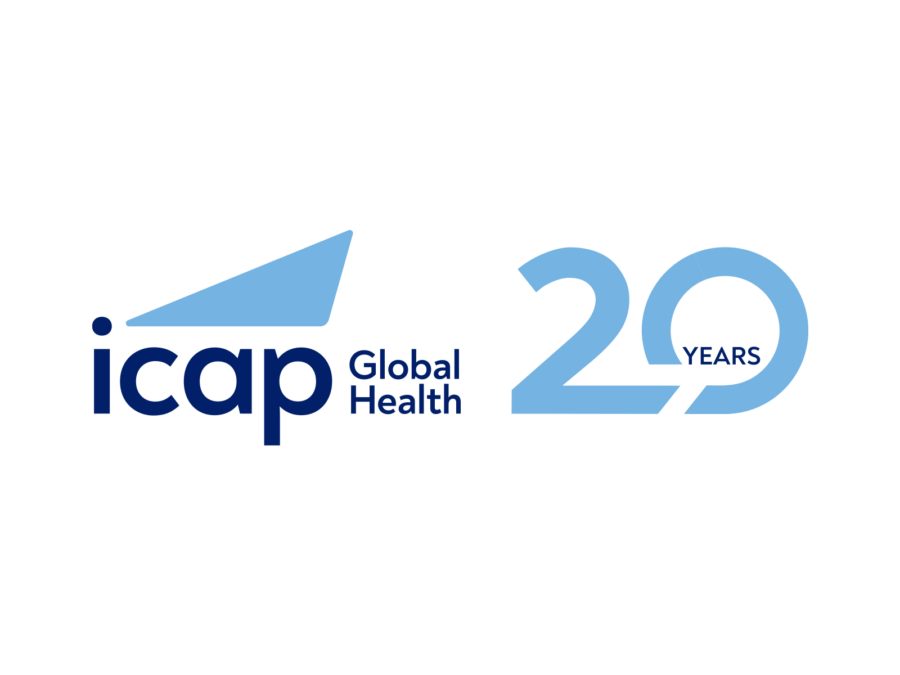!{filedir_1}shims.jpg!
For 27-year old Nomsa, a home visit from a SHIMS counselor not only confirmed what she had thought for over two years – that she was HIV positive – but gave her the assistance she needed to get help and to take care of her HIV infection.
Nomsa is one of more than 18,000 people who have received HIV testing through SHIMS–the Swaziland HIV Incidence Measurement Survey. Sponsored by the Swaziland Ministry of Health and supported by the U.S. Centers for Disease Control and Prevention (CDC) and ICAP at Columbia University, SHIMS is the first large-scale, population-level study to attempt to define rates of new HIV infections and it is taking place in the context of an accelerated expansion of HIV prevention, care, and treatment activities.
Swaziland has the world’s highest prevalence of HIV, with an estimated 26 percent of adults infected, including 42 percent of pregnant women, as of data from 2006. Between 1990 and 2007, the average Swazi lifespan was reduced by half, largely a result of HIV/AIDS. Swaziland has therefore taken steps to increase access to care and prevention services, strengthen laboratory services, reduce HIV/AIDS stigma, and train staff to respond to the epidemic. It also launched a number of nationwide prevention campaigns, including a community-based testing program in 2006 and an ambitious male circumcision campaign in 2011. The latter was motivated by encouraging results of several male circumcision studies that found this procedure decreased the risk of acquiring HIV by about 60 percent.
ICAP has been working in Swaziland since 2006, with funding from the President’s Emergency Plan for AIDS Relief (PEPFAR). Initially, work focused on the support of prevention, care, and treatment for pregnant women, children, and their families, including services to prevent mother-to-child transmission (PMTCT). From 2009, ICAP’s work has focused on support to the Swaziland Ministry of Health to rapidly expand access to HIV prevention, care, and treatment services in three out of the four regions of the country.
In anticipation of the scale-up of prevention programs, ICAP, the Swaziland Ministry of Health, and the CDC launched SHIMS, a nationally representative, household-based survey to assess the national rate of new HIV infections, or incidence, in 2011. The 2011 incidence rate will serve as a baseline for subsequent impact assessments of scaled-up HIV prevention and treatment interventions.
One of the initial tasks was to get into the field quickly. “We had a lot of ground to cover in less than six months,” said Dr. Jessica Justman, ICAP senior technical director, detailing the many steps, such as writing protocols and questionnaires, obtaining ethics approvals, hiring and training staff, and planning the sampling and survey methods, needed to get the study off the ground in time.
Justman serves as one of SHIMS’ four principal investigators overseeing the study, along with Rejoice Nkambule, deputy director of the Swaziland Ministry of Health, and Drs. George Bicego, CDC country director in Swaziland, and Jason Reed of CDC’s Global AIDS Program Prevention Branch. With assistance from Maromi Health Research and EpiCentre, SHIMS fieldwork began with more than 200 trained HIV counselors systematically covering the country to visit randomly pre-selected households, discuss the study, and invite household members to participate. Approximately 18,000 men and women, ages 18-49, volunteered for the study.
As part of the study, participants complete a questionnaire about prior HIV testing, sexual behavior and awareness of HIV prevention messages, and self-reported circumcision status among men. Participants then undergo rapid HIV tests and receive pre- and post-counseling. If participants test positive, they are referred to care and treatment; if negative, they are offered enrollment in the incidence study. SHIMS is using a prospective observational cohort study design to follow this group of HIV negative participants over a six-month period to measure new HIV infections. “This is the gold standard method for measuring HIV incidence and it hasn’t been attempted before at a national level,” said Dr. Justman.
SHIMS hit the one-year mark this month and analyses of the findings are ongoing. The study may be able to measure the impact of the expansion of HIV prevention and treatment programs if the survey methods are repeated in the future–comparing the rate of new HIV infections between the first and second rounds can be used to show a change in infections over time. “This study may give us the opportunity to look at a ‘before-and-after’ picture of HIV infection rates in Swaziland. It is remarkable that in just one year, thousands of individuals have been visited by SHIMS,” said Rejoice Nkambule.
While SHIMS is primarily assessing new HIV infections, the study has several other goals such as enhancing laboratory infrastructure and strengthening research capacity in Swaziland. The Statistical Center for HIV/AIDS Research & Prevention (SCHARP) at the Fred Hutchinson Cancer Center has been supporting data management activities for SHIMS and will work with ICAP and the CDC to strengthen data management skills and systems in-country.
SHIMS has provided a path for Swazis, like Nomsa, to know their HIV status and access care and treatment. ICAP and the Swaziland Ministry of Health have recruited, trained, and supervised field staff who work with participants to develop a referral plan in which they can choose a preferred clinic to receive treatment. As a point of entry to HIV care, SHIMS has helped to facilitate the transition between HIV testing to HIV care and treatment for patients.
“Without being tested through SHIMS, I could just ignore issues of HIV,” said Nomsa to a SHIMS community linkages coordinator. “Now, I am on treatment and it is because of SHIMS.”
_SHIMS team approaching household members._
!{filedir_1}shims_team.jpg!







